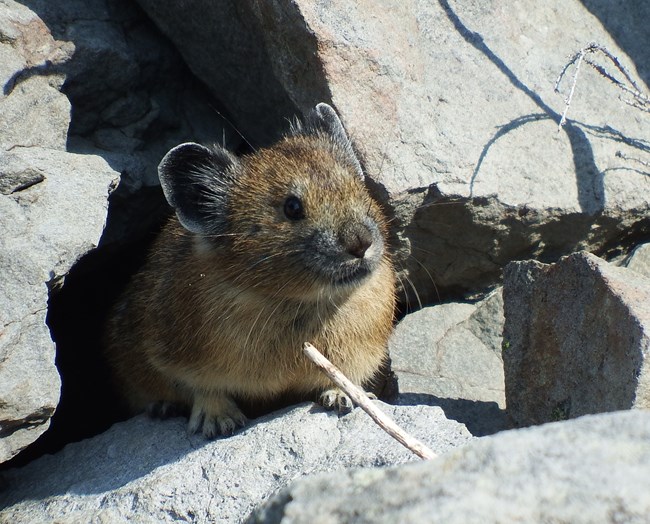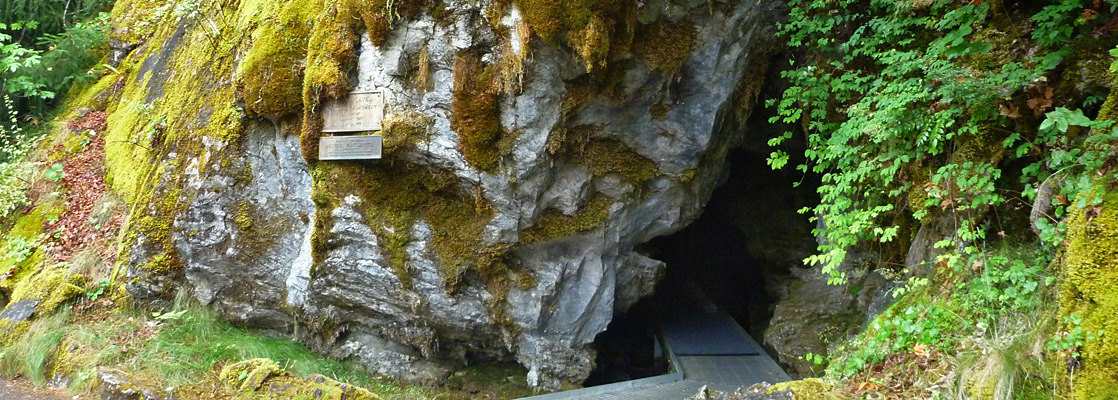
In southwest Oregon, just outside the city of Cave Junction. There is the Siskiyou mountains. A part of these mountains contains the Oregon caves often call the marbles halls of Oregon. Officially these caves are called Oregon Caves National Monument. Oregon’s national park services have designated the caves as a national park and the general public is allowed to visit these parks and go on tours.
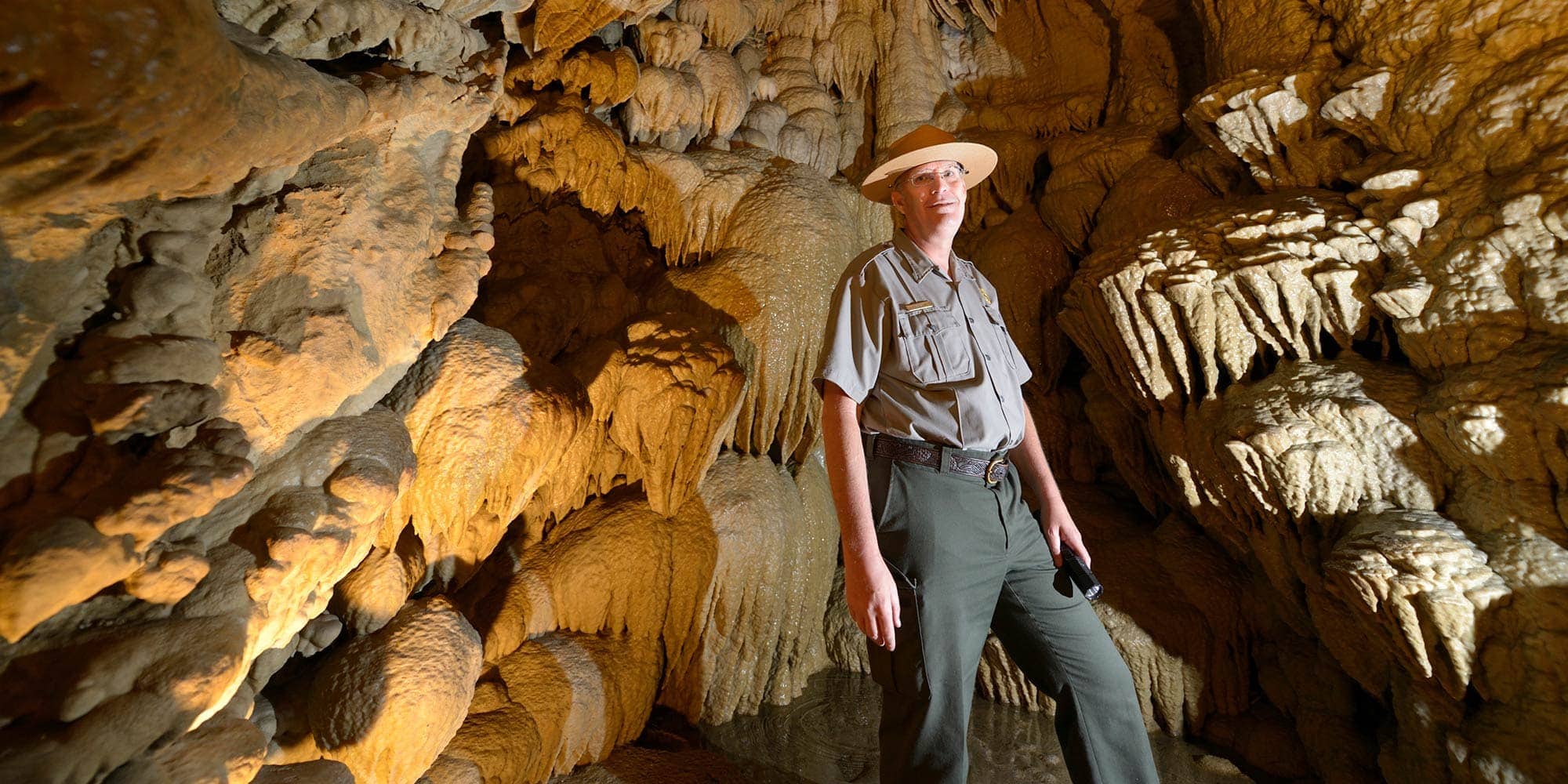
While the caves have existed for many centuries, they weren’t established as Oregon’s cave national monument until 1909. Before then these were regularly old caves that not even natives used. Before 1909, the first use of these caves was when Walter C. Burch had heard about from family and in a desire to make money viva giving tours to these caves. But Walter was unable to obtain the rights to the land and abandon the idea. in 1903, President Teddy Roosevelt had taken away millions of acres of land from the public domain to create national parks. This area also included the southwest area of Oregon that included the national caves. Three years later, Congress had passed the antiquities act which allowed presidents use unused land to establish national monuments. In 1909, president Taft had officially establish the Oregon Caves National monument at the land.

The Oregon Caves are typically open from March to end of September. But as of right now due to covid the 2021 season for tourist as closed with plans to hopefully get the caves back up and running in March. Though once open you are able to book visits to the park and go on tours.
The park services offer four kinds of tours, that tourist can go on. First one is the discovery cave tour these tours have you explore the dark depths of the caves with a tour guide. Lasting 90 minutes and limited to 15 people you will make various stops during the visit such as an huge room that is 220 feet below the surface.
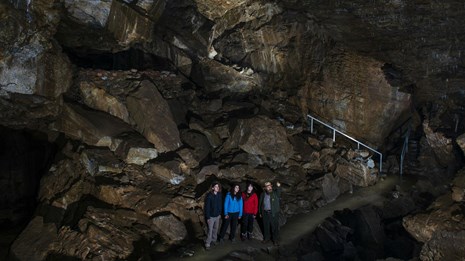
The candlelight tour lets you explore the caves in the same way that first who set foot exploring the cave did. By going through pitch darkness with candle as you’re only source of light. Held at the end of the day, these tours are 60 minutes and limited to 12 people and children younger then 10 aren’t allowed to explore, as long you stick with the guide you should be safe though.

Off-trail caving touring is perhaps the most interesting one for those looking for a thrill. This three hour experience takes seven people through the more cramp areas of the cave, teaching them to get out off dangerous paths such as having to crawl through tight spaces such as boulders. These caves are considered both emotional and physically draining and need to be 15 or older to be allowed to take the tour. The last kind of tour is one for family’s,
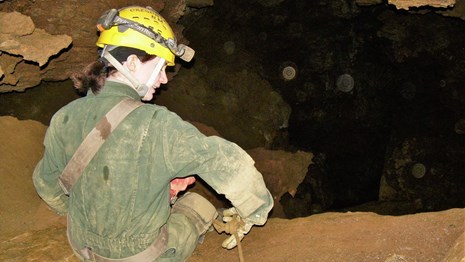
The kids and family Cave Tour is a safe tour through the caves where the caves are suppose to be family friendly and safe to go through. However though children under the age of 13 must be at least 42 inches tall and parents are not allowed to hold their small children, therefore forbidding small kids from entering.

Areas outside of the caves are allowed for visitors to camp the night there. For 10 dollars a night, you will be able to camp in a forest besides Cave Creek which is just four miles away from the Cave’s entrance. There are 17 sites for camping within the campsite and its a first come first serve bases. There is also a lodge for visitors to stay the night if they prefer a more indoor environment. Having 23 bedrooms in the lodge, its a big place for those looking for a more comfy option to staying the night. There is a dining room located within the lodge that serves breakfast, lunch, and dinner to those that are staying. However, the lodge is currently being remodeled and is closed for the time being with an reopen date unknown. There is also a coffee shop called The Caves Cafe and a restaurant called Chateau Dining Room, but much like the lodge both of them are ongoing remodeling and its suggested you bring you’re own food for a picnic.
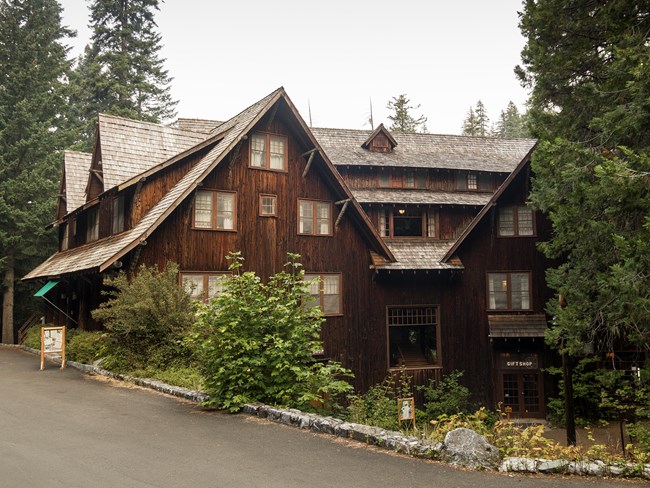
As for the wildlife, the place is full of birds, mammals, and amphibians. There are various birds that can be found outside of the caves such as owls, ravens, stellar jay’s, and sooty grouses. For amphibians, there are the typical ones you can usual find in places like these such as frogs and lizards. Now as for the mammals, you obviously have dear and squirrels, but there are also both couag’s and black bears. While both of those can be considered to be dangerous its animals, they tend to leave humans alone and its in you’re best interest as a whole to avoid making contact or interacting with either of them.
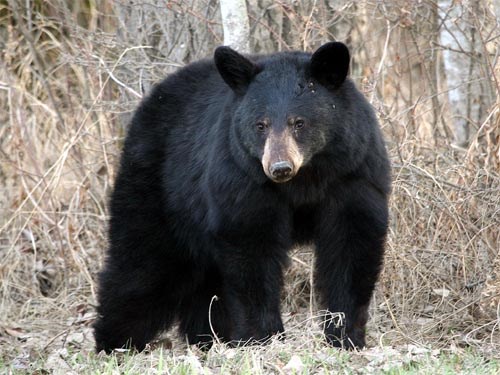
Oregon’s caves are a fun and interesting place. The park offers a nice variety tours for those looking to go on some kind of adventure. This is also an fun place just to stay the night regardless if its just camping a few miles away from the caves or just spending the night at the lodge. Though due to remodeling and covid, none of those things can be done right now. But once everything has fully reopen, make sure to book you’re trip because they might end up filling up fast.




